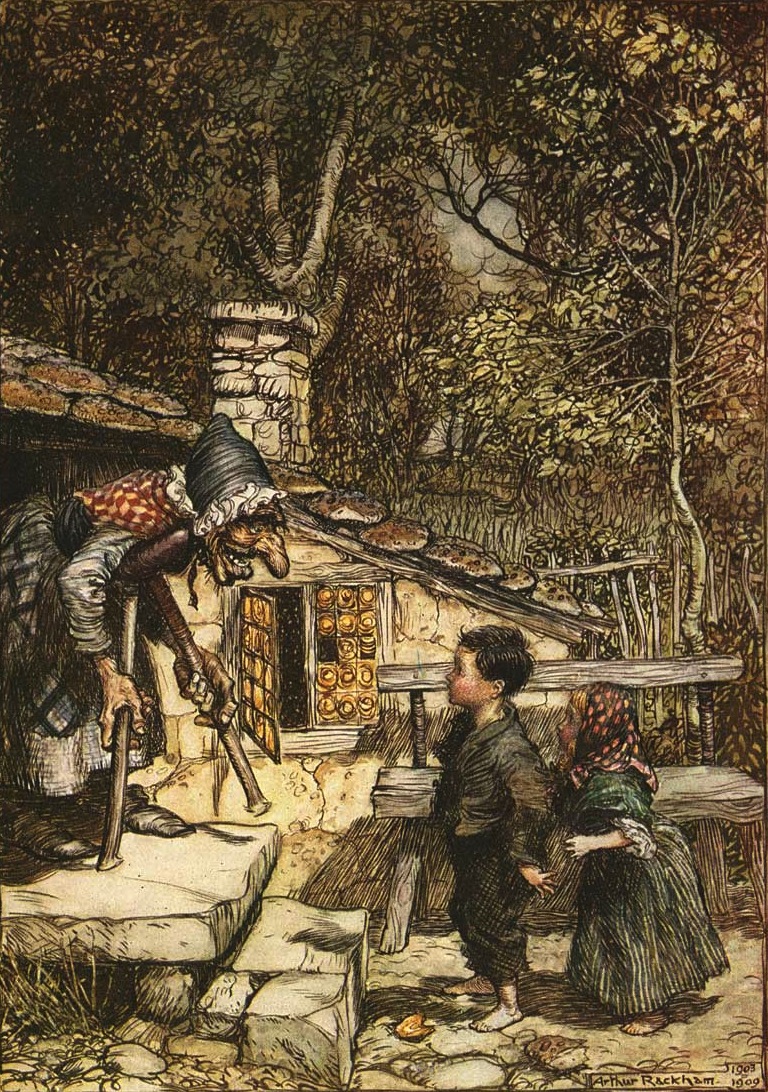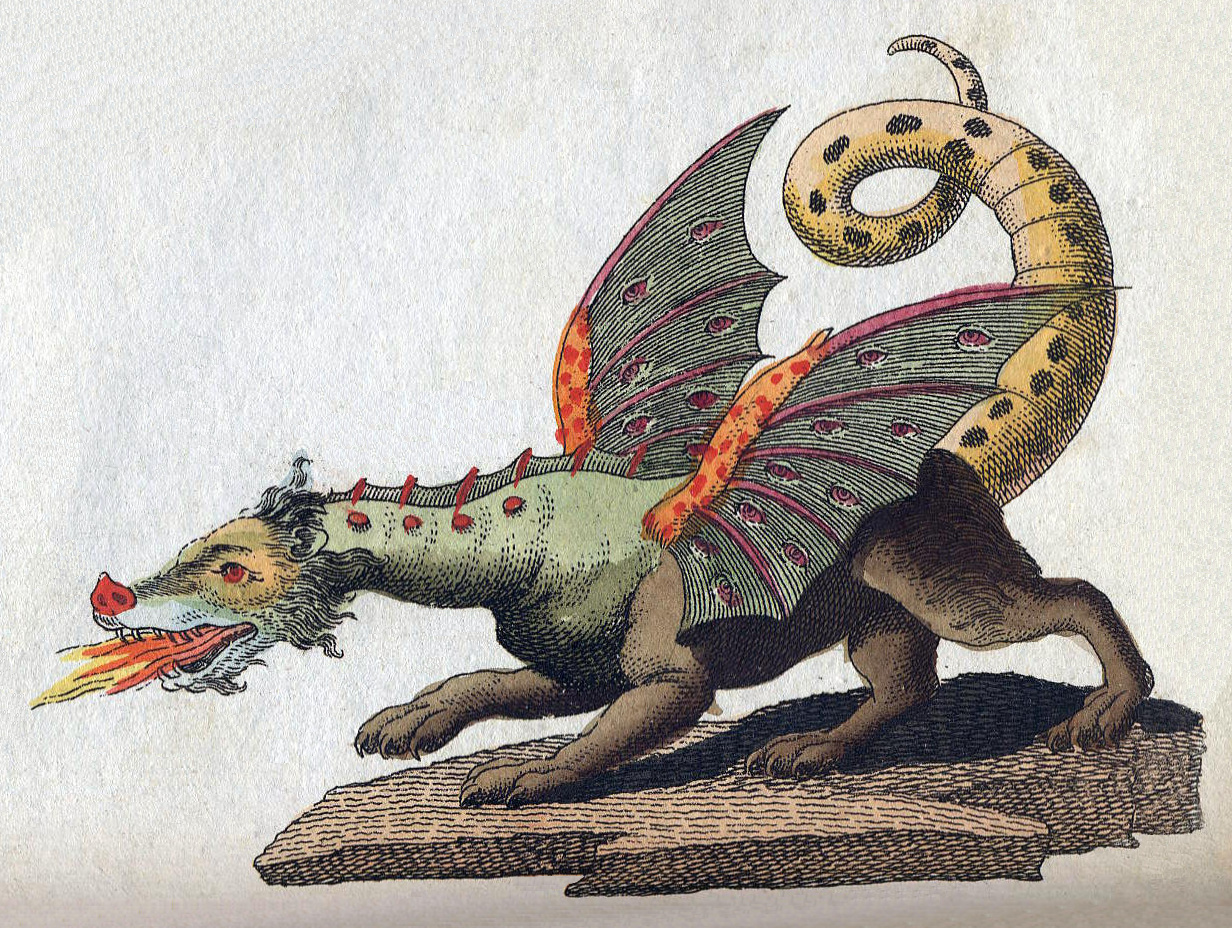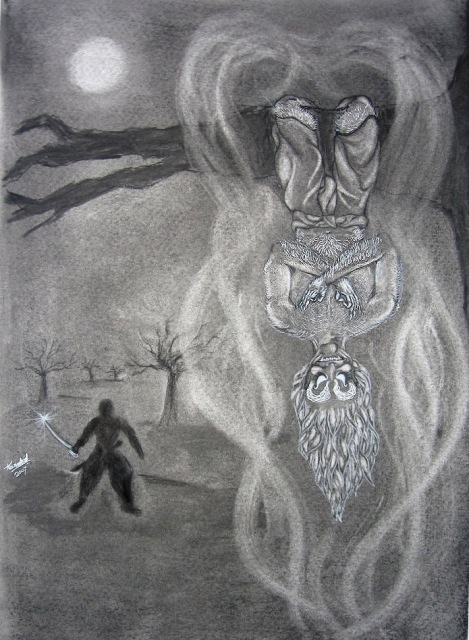|
List Of Legendary Creatures (V)
* Vadātājs ( Latvian) – Spirit that misleads people * Vahana (Hindu) – Divine mounts * Vaibhavi (Indian) – Deadly snake * Valkyrie ( Norse) – Female spirit that leads souls of dead warriors to Valhalla * Vâlvă (Romanian) – Female nature spirit * Valravn ( Danish) – Supernatural raven * Vampire ( Slavic) – Reanimated corpse that feeds on blood * Vanara (Hindu) – Human-ape hybrid * Vântoase (Romanian) – Female weather spirit * Varaha (Hindu mythology) – Third Avatar of Vishnu in the form of a boar * Vârcolac (Romanian) – Vampire or werewolf * Vardøger ( Scandinavian) – Ghostly double * Vedrfolnir ( Norse) – Hawk sitting between the eyes of an eagle in the crown of the World Tree Yggdrasil * Veļi ( Latvian) – Ghost, shade, formed after a death of a human * Věri Şělen – Chuvash dragon * Vetala (Hindu) – Corpses possessed by vampiric spirits * Víbria (Catalan) – Dragon with breasts and an eagle's beak * Vielfras (German) – Glut ... [...More Info...] [...Related Items...] OR: [Wikipedia] [Google] [Baidu] |
Avatar
Avatar (, ; ), is a concept within Hinduism that in Sanskrit literally means "descent". It signifies the material appearance or incarnation of a powerful deity, goddess or spirit on Earth. The relative verb to "alight, to make one's appearance" is sometimes used to refer to any guru or revered human being. The word ''avatar'' does not appear in the Vedic literature; however, it appears in developed forms in post-Vedic literature, and as a noun particularly in the Puranic literature after the 6th century CE. Despite that, the concept of an avatar is compatible with the content of the Vedic literature like the Upanishads as it is symbolic imagery of the Saguna Brahman concept in the philosophy of Hinduism. The ''Rigveda'' describes Indra as endowed with a mysterious power of assuming any form at will. The '' Bhagavad Gita'' expounds the doctrine of Avatara but with terms other than ''avatar''. Theologically, the term is most often associated with the Hindu god Vishnu, thoug ... [...More Info...] [...Related Items...] OR: [Wikipedia] [Google] [Baidu] |
Slavic Fairies
Other than the many gods and goddesses of the Slavs, the ancient Slavs believed in and revered many supernatural beings that existed in nature. These supernatural beings in Slavic religion come in various forms, and the same name of any single being can be spelled or transliterated differently according to language and transliteration system. Vila ''Vila'' ( pl. ''vile'', Slovak/Czech ''víly'') is a fairy that is similar to a nymph, identified as a nymph by the Greek historian Procopius; their name comes from the same root as the name of Veles. They are described as beautiful, eternally young, dressed in white, with eyes flashing like thunders, and provided with wings, and blonde hair. They live in the clouds, in mountain woods or in the waters. They are well-disposed towards men, and can to turn themselves into horses, wolves, snakes, falcons and swans. The cult of the Vilas was still practised among South Slavs in the early twentieth century, with offerings of fruits and f ... [...More Info...] [...Related Items...] OR: [Wikipedia] [Google] [Baidu] |
German Folklore
German folklore is the folk tradition which has developed in Germany over a number of centuries. Partially it can be also found in Austria. Characteristics It shares many characteristics with Nordic folklore and English folklore due to their origins in a common Germanic mythology. It reflects a similar mix of influences: a pre-Christian pantheon and other beings equivalent to those of Norse mythology; magical characters (sometimes recognizably pre-Christian) associated with Christian festivals, and various regional 'character' stories. As in Scandinavia, when belief in the old gods disappeared, remnants of the mythos persisted: Holda, a "supernatural" patron of spinning; the Lorelei, a dangerous Rhine siren derived from 19th-century literature; the spirit Berchta (also known as Perchta); the Weiße Frauen, a water spirit said to protect children; the Doppelgänger, supernatural beings said to resemble the exactly similar appearance of determined person; the Wild Hunt (in ... [...More Info...] [...Related Items...] OR: [Wikipedia] [Google] [Baidu] |
Gulon
The Gulon is a creature in Scandinavian legend, also known as a "Jerff" in Northern Sweden and "Vielfraß" in Germany. It resembles a hodgepodge of various animals, usually described as being the size and shape of a dog, with some cat-like features such as the head, ears, and claws. It also supposedly has a thick coat of shaggy brown fur and a tail resembling that of a fox. The Gulon is notorious as a symbol of gluttony because of the strange eating habits it is supposed to have. It will make a kill and then gorge itself until it is swollen and unable to eat more, at which point it will find two trees and squeeze itself in between them, pushing the meat through its own body before returning to the kill and repeating the process. It is probably a Wolverine The wolverine (), (''Gulo gulo''; ''Gulo'' is Latin for " glutton"), also referred to as the glutton, carcajou, or quickhatch (from East Cree, ''kwiihkwahaacheew''), is the largest land-dwelling species of the family Mus ... [...More Info...] [...Related Items...] OR: [Wikipedia] [Google] [Baidu] |
Catalan Myths And Legends
Catalan myths and legends are the traditional myths and legends of the Catalan-speaking world, especially Catalonia itself, passed down for generations as part of that region's popular culture. Mythological figures Among the figures of Catalan mythology are: * Aloja - In Catalan mythology an Aloja, also known as Dona d'aigua, Goja, or Paitida, is a feminine being that lives in places with fresh water. This "water-woman" can turn into water blackbirds. *Banyoles monster * Bubota *Catalan mythology about witches - Catalan tradition distinguished between bruixeria ("witchcraft") based on an explicit compact with the Devil, and fetilleria (deriving from a word related to "fetish", and Old Portuguese feitiço), magic worked through charms and fetishes. The former was considered inherently evil, while the latter might include the working of magical cures. In Catalan popular culture, there are a large number of legends about witches. In the popular imagination, a witch is a woman who, b ... [...More Info...] [...Related Items...] OR: [Wikipedia] [Google] [Baidu] |
European Dragon
The European dragon is a legendary creature in folklore and mythology among the overlapping cultures of Europe. The Roman poet Virgil in his poem ''Culex'' lines 163-201, describing a shepherd having a fight with a big constricting snake, calls it " serpens" and also "draco", showing that in his time the two words probably could mean the same thing. In and after the early Middle Ages, the European dragon is typically depicted as a large, fire-breathing, scaly, horned, lizard-like creature; the creature also has leathery, bat-like wings, four legs, and a long, muscular prehensile tail. Some depictions show dragons with one or more of: feathered wings, crests, ear frills, fiery manes, ivory spikes running down its spine, and various exotic decorations. In folktales, dragon's blood often contains unique powers, keeping them alive for longer or giving them poisonous or acidic properties. The typical dragon in Christian culture protects a cavern or castle filled with gold and tre ... [...More Info...] [...Related Items...] OR: [Wikipedia] [Google] [Baidu] |
Vetala
A vetala ( sa, वेताल ') or Betal is a Bhairava form of Shiva in Hindu mythology, usually defined as a knowledgeable (fortune telling) paranormal entity said to be dwelling at charnel grounds. The vetala is comparable to the vampires of Western mythology. Reanimated corpses are used as vehicles by the spirits for movement, the corpse no longer decays while it is inhabited by a ''vetala''. A vetala may possess and also leave a dead body at will. Description In Hindu folklore, the vetala is an evil spirit who haunts cemeteries and takes demonic possession of corpses. They make their displeasure known by troubling humans. They can drive people mad, kill children, and cause miscarriages, but also guard villages. They are hostile spirits of the dead trapped in the 'twilight zone' between life and afterlife. These creatures can be repelled by the chanting of mantras. One can free them from their ghostly existence by performing their funerary rites. Being unaffected by the la ... [...More Info...] [...Related Items...] OR: [Wikipedia] [Google] [Baidu] |
Chuvash People
The Chuvash people ( , ; cv, чӑваш ; russian: чуваши ) are a Turkic ethnic group, a branch of Oghurs, native to an area stretching from the Volga-Ural region to Siberia. Most of them live in Chuvashia and the surrounding areas, although Chuvash communities may be found throughout the Russian Federation. They speak Chuvash, a unique Turkic language that diverged from other languages in the family more than a millennium ago. Etymology There is no universally accepted etymology of the word ''Chuvash'', but there are three main theories. The popular theory accepted by Chuvash people suggests that ''Chuvash'' is a Shaz-Turkic adaptation of Lir-Turkic ''Suvar'' (Sabir people), an ethnonym of people that are widely considered to be the ancestors of modern Chuvash people. Compare Lir-Turkic Chuvash: ''huran'' to Shaz-Turkic Tatar: ''qazan'' (‘cauldron’). One theory suggests that the word ''Chuvash'' may be derived from Common Turkic ''jăvaš'' ('friendly', 'pea ... [...More Info...] [...Related Items...] OR: [Wikipedia] [Google] [Baidu] |
Chuvash Dragon
Verechelen ( Chuvash: ''Вӗрӗҫӗлен'' (; ) or ''Вӗриҫӗлен, Вӗриҫлен, Вриҫлен'', Russian: ''Вереселень'') also known as Chuvash dragons which are winged fire-breathing and shape shifting dragons. The legend originates with the ancestral people of the Chuvashians. The name means 'invisible snake'. These differ from their Turkic counterparts (such as Zilant), as they are supposed to reflect the pre-Islamic mythology of Volga Bulgaria. Varieties Chuvash dragon is Věri Şělen (Вӗри Ҫӗлен, lit. "fire snake"). Like the Russian Gorynych, the creature has multiple heads and leaves a fiery wake when flying. The wood demon Arşuri (Арçури; Russian: Арзюри; Turkish: Arçura) often turns into a snake, but more often he looks like Şüräle. The Iranian dragon, Ajdaha (Аçтаха), is also mentioned from time to time, probably due to Iranian influence to Volga Bulgaria. Legends According to one legend, when the Bul ... [...More Info...] [...Related Items...] OR: [Wikipedia] [Google] [Baidu] |
Vardøger
Vardøger, also known as ''vardyvle'' or ''vardyger'', is a spirit predecessor in Scandinavian folklore. Stories typically include instances that are nearly déjà vu in substance, but in reverse, where a spirit with the subject's footsteps, voice, scent, or appearance and overall demeanor precedes them in a location or activity, resulting in witnesses believing they've seen or heard the actual person before the person physically arrives. This bears a subtle difference from a doppelgänger, with a less sinister connotation. It has been likened to being a phantom double, or form of bilocation. In Finnish folklore, the concept is known as ''etiäinen''. Etymology Vardøgr is a Norwegian word defined as ‘‘premonitory sound or sight of a person before he arrives’’. The word is from Old Norse , consisting of the elements , "guard, watchman" (akin to "warden") and , "mind" or "soul". Originally, vardøger was considered a fylgja, a sort of guardian spirit. References O ... [...More Info...] [...Related Items...] OR: [Wikipedia] [Google] [Baidu] |




.png)